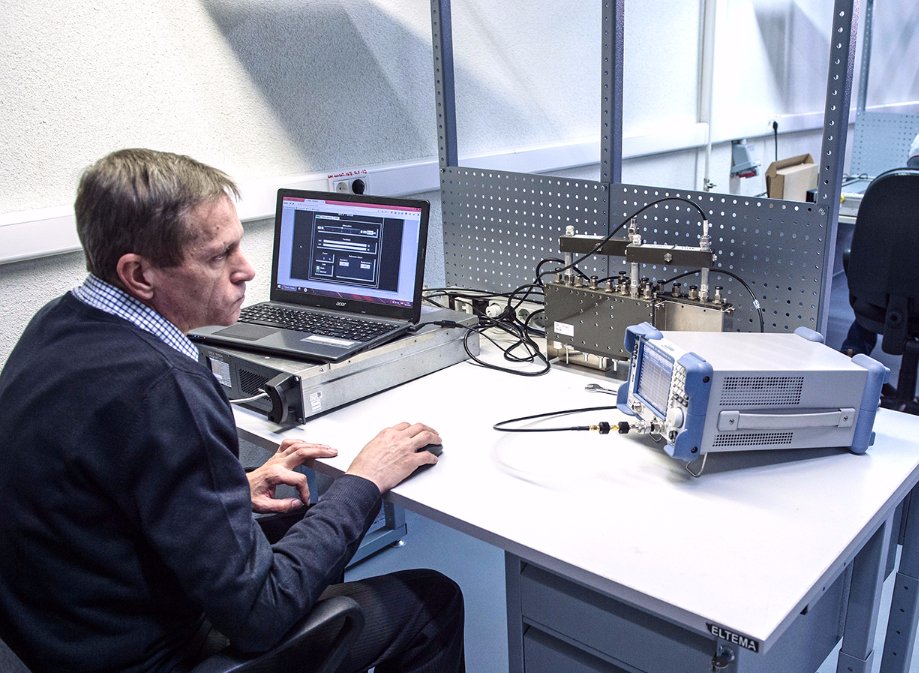In a groundbreaking development, scientists have constructed a computer that operates without silicon and utilizes light waves for data processing, potentially revolutionizing the field of artificial intelligence (AI) and machine learning. This innovative approach to computing, which centers around the use of an optical fiber rather than traditional electronic components, offers a promising leap forward in the efficiency and speed of data classification systems. The question arises: Could this be the ultimate AI CPU?
The Breakthrough: Light-Based Computing
The core of this scientific breakthrough lies in the utilization of light (photons) rather than electrons for computation. Light-based, or photonic, computing harnesses the properties of light waves to transmit and process information at speeds far surpassing those of current electronic systems. This method not only dramatically increases the speed at which data can be processed but also significantly reduces the energy consumption associated with traditional computing methods.
Advantages over Traditional Computing
- Speed: Photons travel at the speed of light, offering a fundamental advantage in data transmission speed over electronic systems where electrons are subject to resistance and slower speeds.
- Energy Efficiency: Light-based computing can be more energy-efficient, as photons do not generate heat as electrons do, reducing the need for cooling systems that are a significant energy drain in current data centers.
- Parallel Processing: Optical systems can naturally process multiple data streams in parallel, enhancing the capability for complex computations and large-scale data analysis, which is crucial for AI applications.
Implications for Artificial Intelligence
The development of a silicon-less computer that uses light waves has profound implications for AI and machine learning. The ability to process vast amounts of data at unprecedented speeds could enable more sophisticated AI models and algorithms, potentially leading to breakthroughs in understanding natural language, recognizing patterns, and making predictions.
- Enhanced Machine Learning Models: The speed and efficiency of light-based computing could allow for more complex and larger-scale machine learning models, improving accuracy and the ability to learn from vast datasets.
- Real-Time Data Processing: AI systems could analyze and respond to real-time data without the latency present in current systems, opening new possibilities in areas such as autonomous vehicles, real-time translation, and responsive AI agents.
- Energy-Efficient AI Operations: As AI models become increasingly complex, the energy demand of training and running these models becomes a significant concern. A light-based system could mitigate these energy costs, making AI operations more sustainable.
Challenges and Future Directions
While the promise of light-based computing for AI is immense, several challenges remain before this technology can be widely adopted:
- Integration with Existing Technology: Integrating photonic computing systems with existing electronic systems and infrastructure poses a significant challenge.
- Manufacturing and Scalability: Developing cost-effective and scalable methods for manufacturing optical computing components is crucial for widespread adoption.
- Software Development: New frameworks and programming languages may be required to fully exploit the advantages of light-based computing.
Conclusion
The development of a silicon-less computer that uses light waves for data processing represents a significant milestone in computing technology, with the potential to revolutionize AI and machine learning. By offering unparalleled speeds and energy efficiency, this technology could indeed be on its way to becoming the ultimate AI CPU. However, realizing this potential will require overcoming significant technical and logistical challenges. As research and development continue in this exciting field, the future of AI and computing technology looks bright, quite literally illuminated by the promise of light-based computation.

